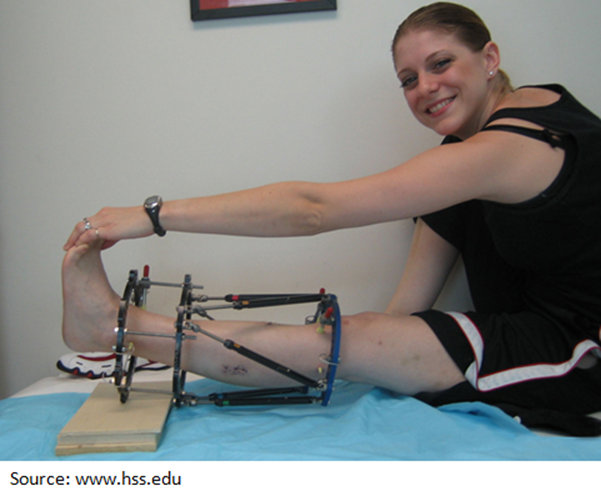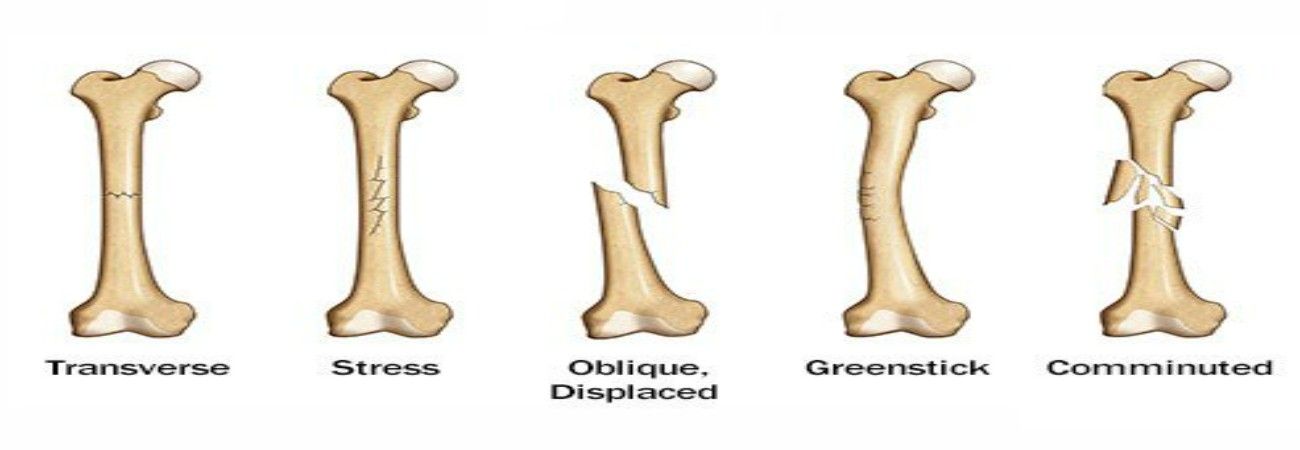A medical condition in which your bone breaks is called a fracture. It generally occurs when the external force acting on the bone is greater than the force that the bone can ideally withstand. Although there could be several reasons behind your bones getting fractured, accidents, osteoporosis, and sports injuries are the most common reasons for fractures.
Other factors, including overuse of a particular bone or diseases that weaken the bones, can also result in fractures. Hence it becomes necessary to understand the proper functioning of the bones along with the preventive measures that you need to take to keep your bones safe and healthy.Dr. Saurabh Talekar, one of the best orthopedic surgeons in Kandivali, Mumbai, tells us all about fractures.

How are fractures treated?
The ultimate aim of any fracture treatment is to restore the normal alignment of broken bone and maintain the natural anatomy. This helps in the healing of fractures in the proper position. Sometimes it is required that the fracture be manipulated or 'set .'This is done by administering anesthesia or some sedation.
The methodology to treat your broken bone entirely depends on the intensity of the fracture, besides other factors like your age, bone density, and your overall health. Dr. Saurabh Talekar, one of the best orthopedic doctors in Kandivali, Mumbai, helps you with the appropriate method best suited for the kind of fracture you have.
Fracture treatments are broadly classified into two categories;
➢ Non-surgical methods
➢ Surgical methods
What are the different treatment options available for treating fractures?
There are various options available to treat fractures. However, it solely depends on the type of fracture you have.
The non-surgical methods include;
- Cast: Casts are tried and tested methodology for treating fractures. Casts are usually made up of fiberglass or plaster. The purpose of the cast is to uphold the fracture in a properly aligned position immobilizing the fractured bone, thereby allowing the fracture to rest and heal in the correct position. The common fractures treated with casts are the wrist, hand, forearm, lower leg, ankle, and foot.
- Functional Braces: Braces are generally molded plastic that functions as a cast for specific relatively stable or healing fractures. These braces are removable for hygiene purposes.
- External Fixation: comprises threaded pins that are fixed to the bones above and below the fracture with the help of an external frame. These "Ex-Fix" are often used for stabilizing open fractures or fractures with soft tissue damage.

The surgical methods include:
- Open Reduction Internal Fixation: ORIF is a surgical procedure that involves repairing the fracture with plates and screws. This is more commonly used in the case of upper arm (humerus) fractures and lower arm fractures and ankle fractures, and tibia. In this procedure, actual bone-to-bone healing is achieved by screwing the broken bones together.
- Intramedullary Nailing (Rodding): In this type of treatment, a nail is placed in the marrow cavity of the bone. The nail is fixed with screws above and below the fracture. In this type of treatment, the fracture site need not be opened surgically.This treatment is generally used for treating long bone fractures like the tibia and femur.
How Long Does a Fracture Take to Heal?
Typically every fracture heals in 6-8 weeks. However, this may differ between bone-to-bone and person-to-person and the bones involved. Hand and wrist bones might take 4-6 weeks, whereas tibia fracture may take around 12 weeks.
The healing time required for a fracture can be categorized into three phases:
- First Phase:
Inflammatory phase- This phase starts at the injury and lasts for around 1-2 weeks. Any movement or pressure leads to acute pain. Fracture hematoma is a condition where the bone and surrounding muscle tissues' ruptured blood vessels lead to bleeding and swelling at the ruptured site.
- Second Phase:
Repair phase- This is when the new living cells of fibrous tissue, cartilage, and bone occur at the fracture site. This leads to 'fracture callus,' a slippery tissue on which calcium gets deposited. The calcium deposited into the callus is visible on x-ray after 2-3 months of injury.
- Third phase:
Remodeling phase- This is the phase when the fracture callus transforms into a strong, organized bone. This phase continues for months together after the fracture is no longer painful. Starts around 6 weeks from injury, and continues for about one year. The fracture appears to be healed on x-rays.
Do all fractures heal?
With the help of modern technologies available today, most fractures heal. After the treatment, new bone tissues begin to form and connect the broken pieces. However, some broken bones may not recover even after getting the best treatments









